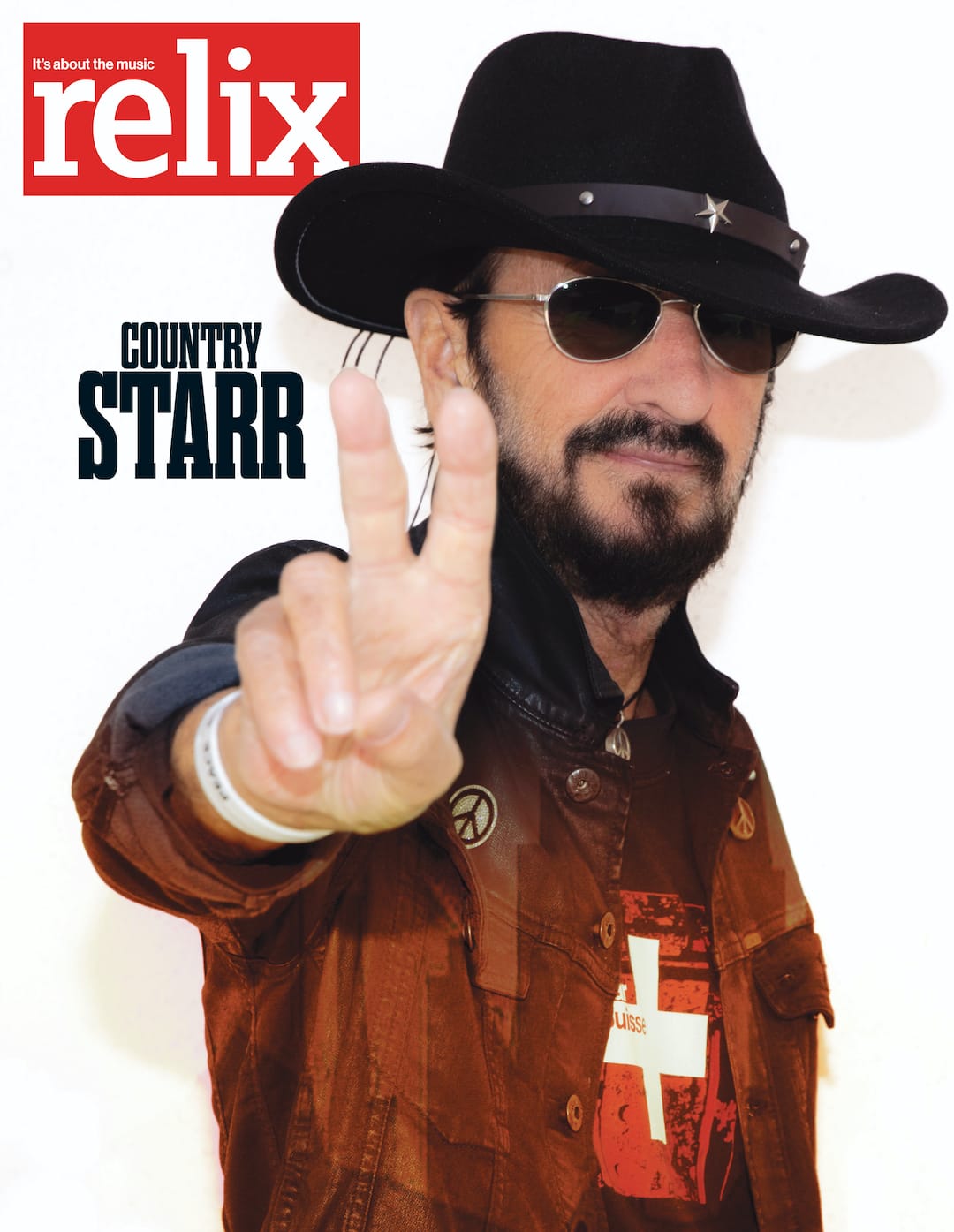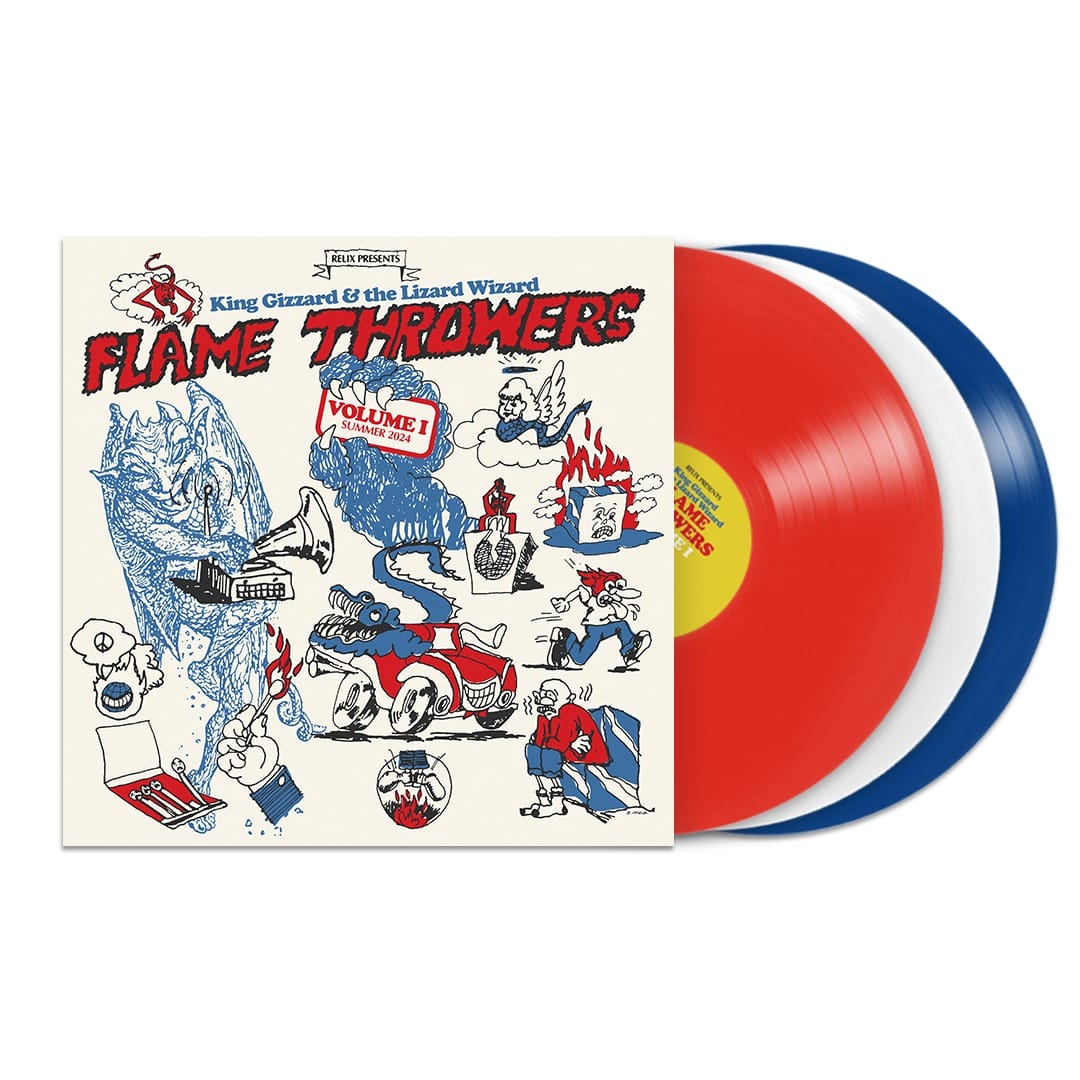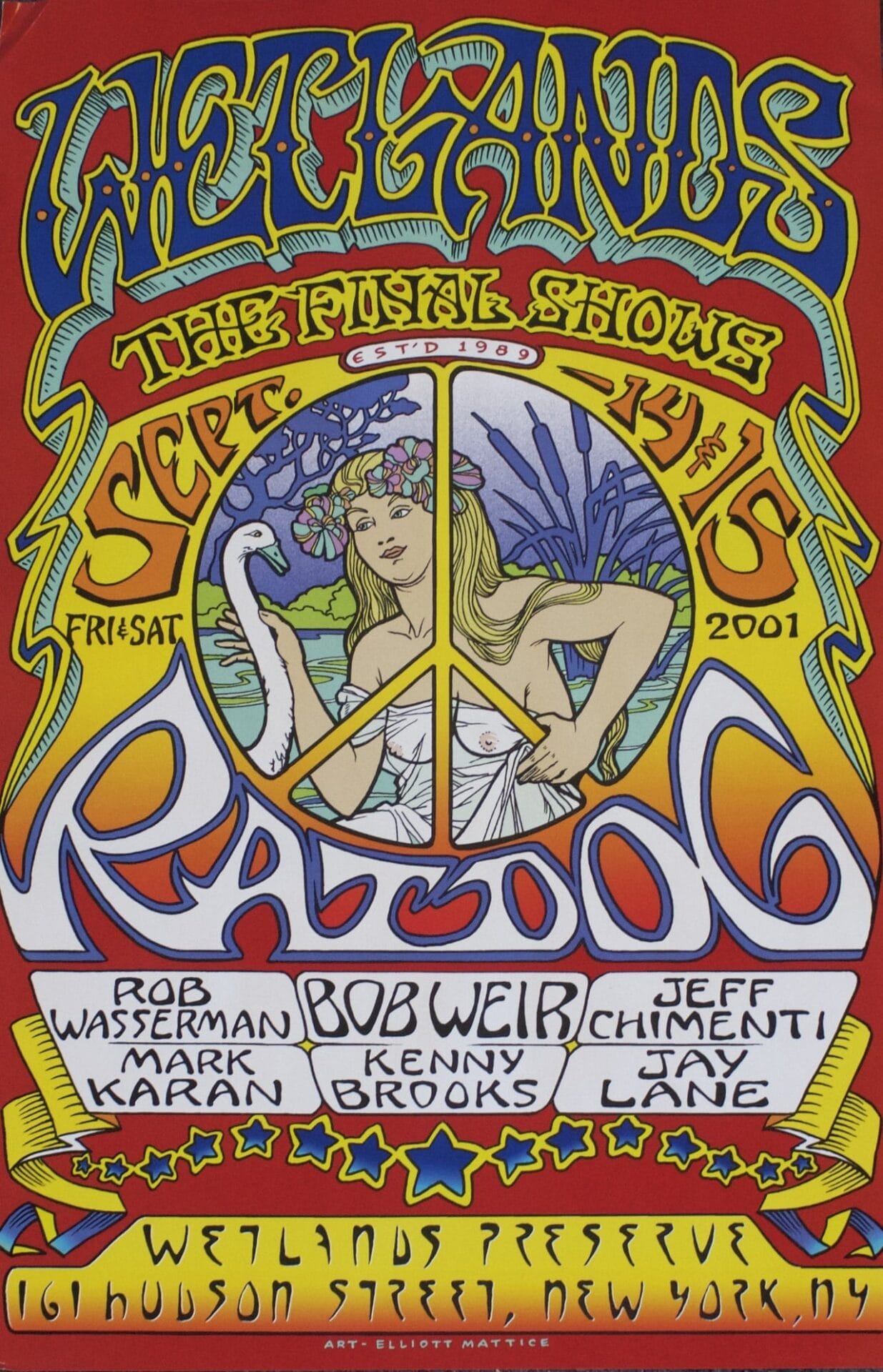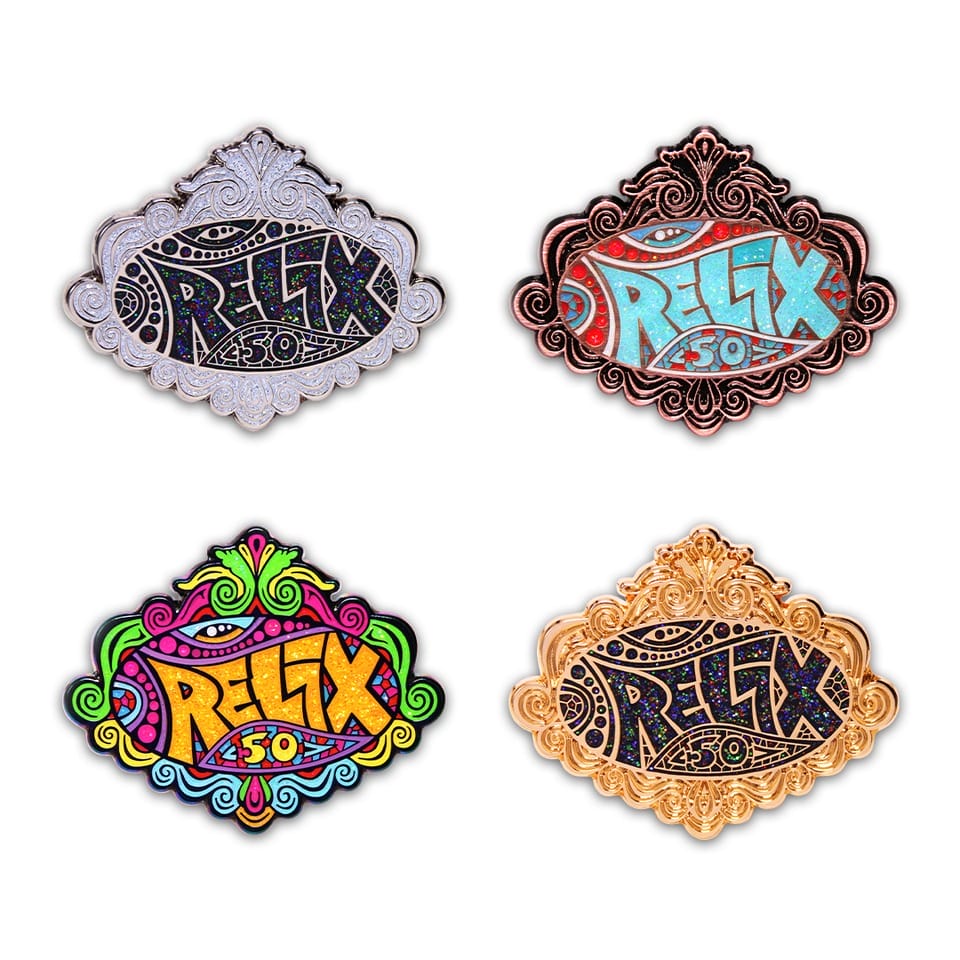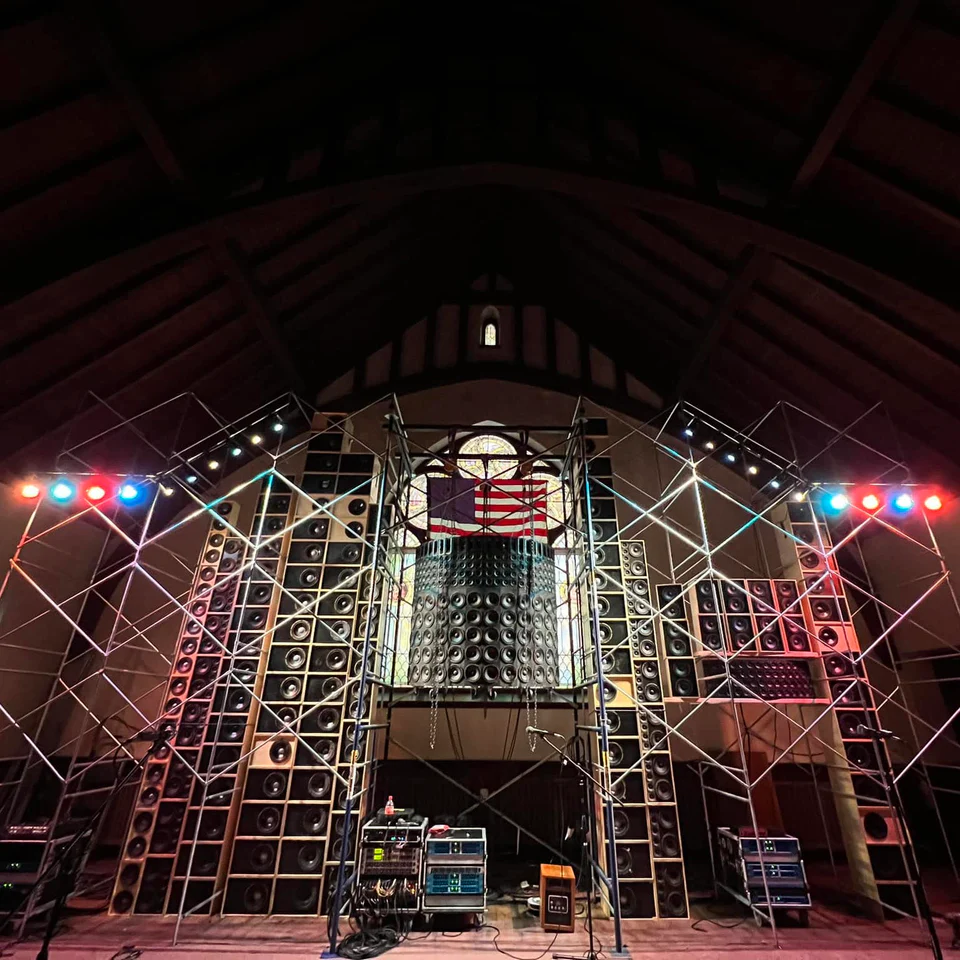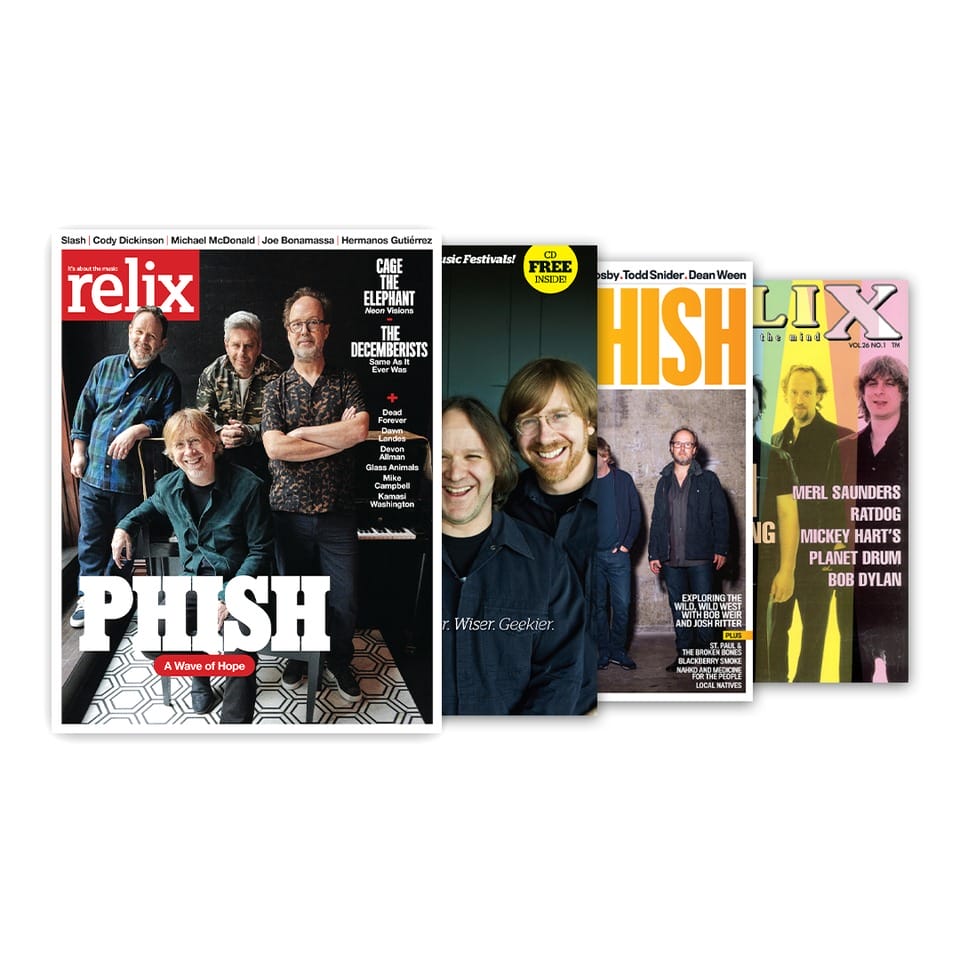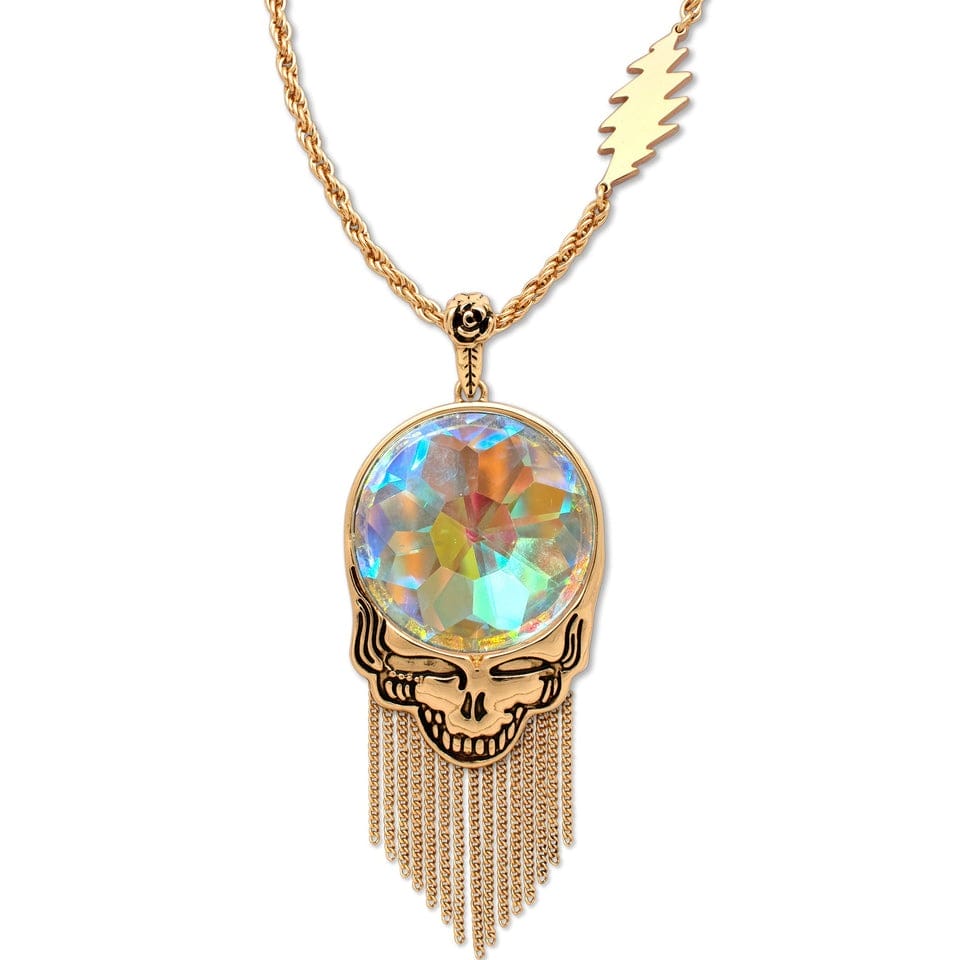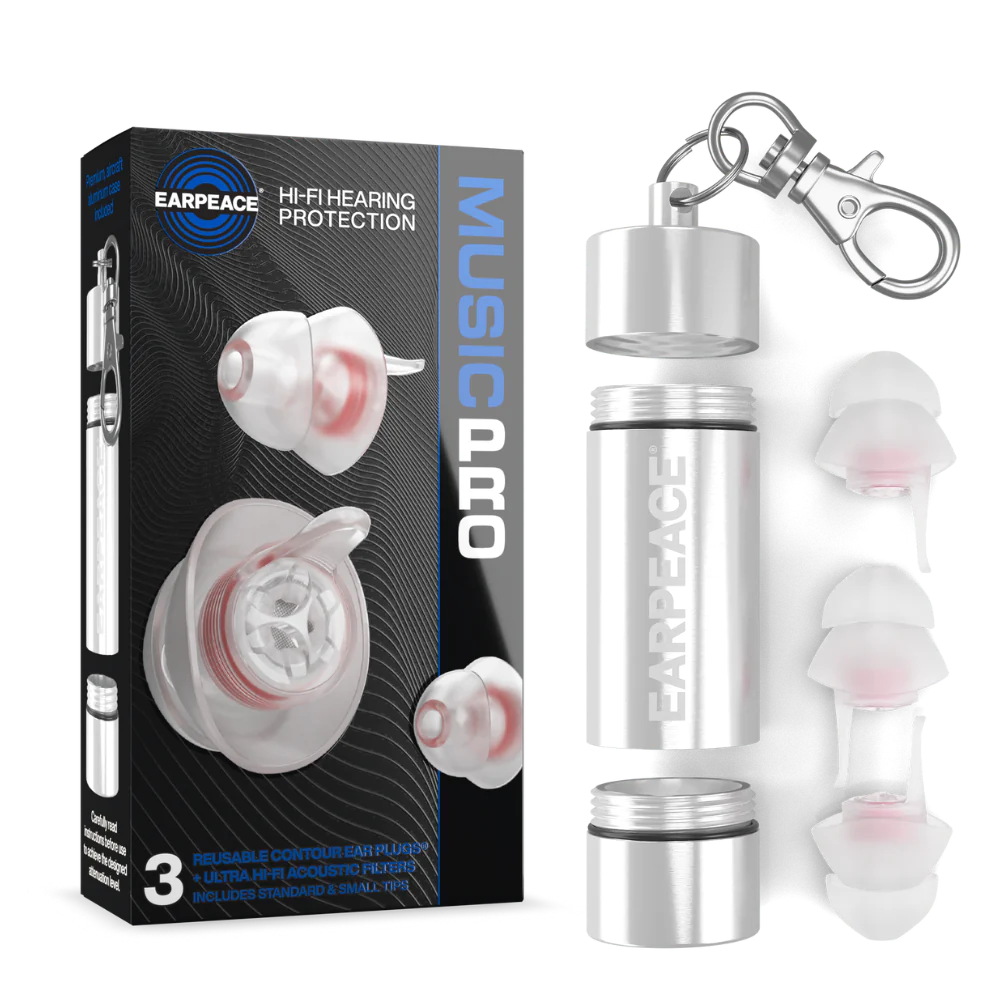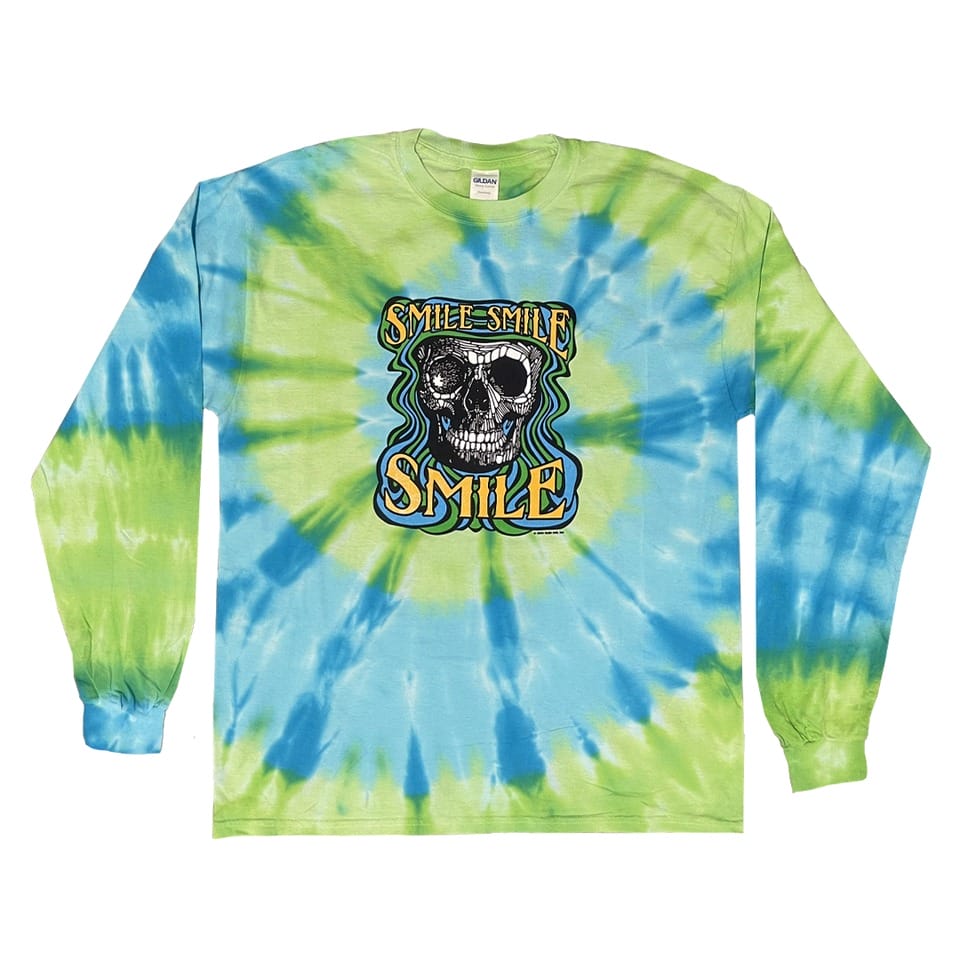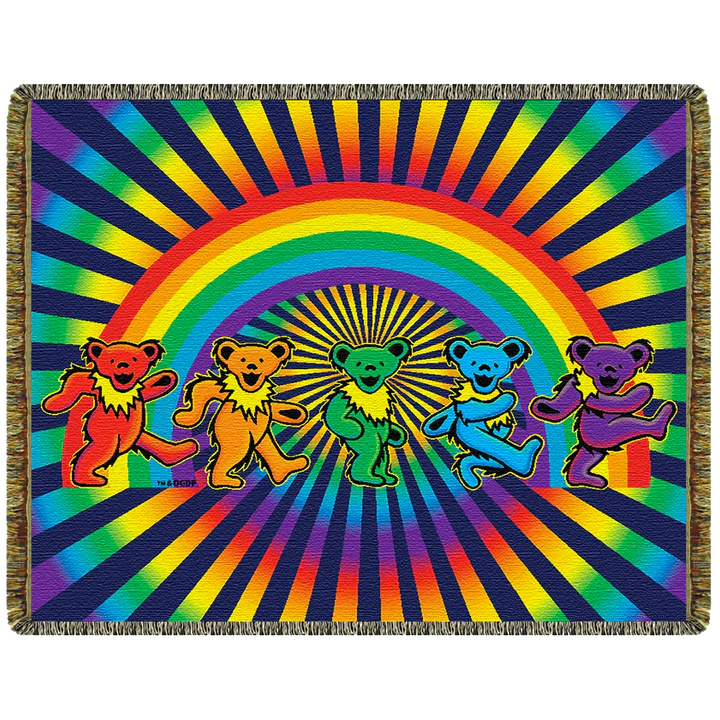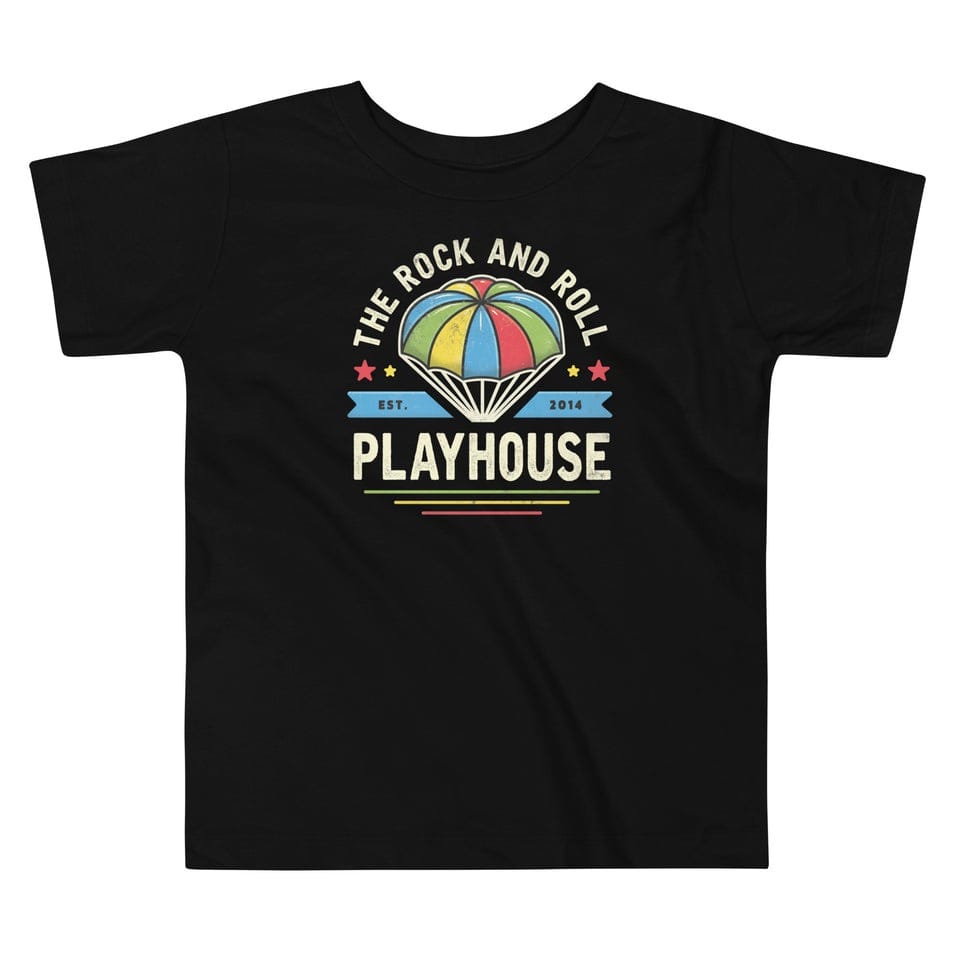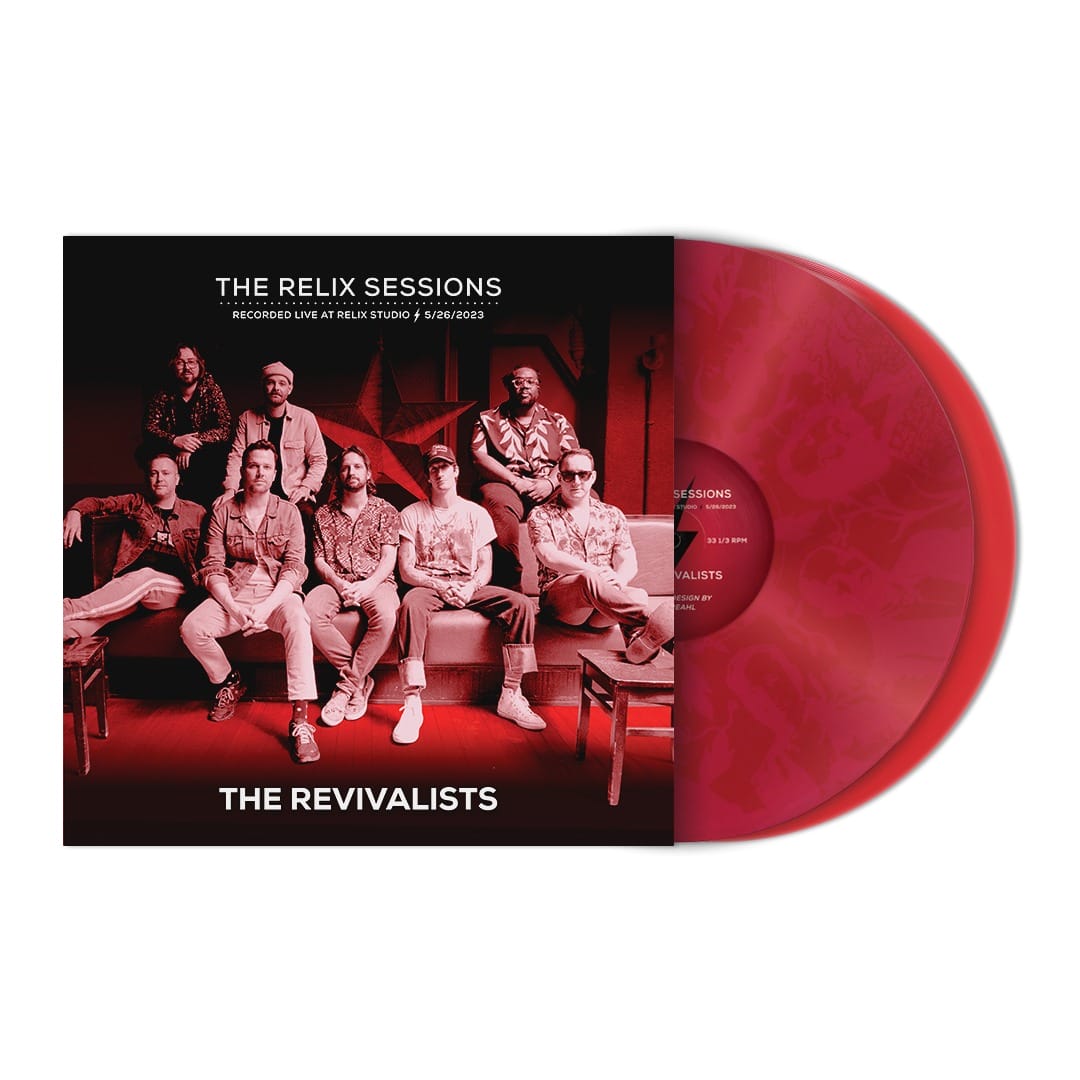Parting Shots: Kenny Loggins on Memoir, ‘Maverick’ and Messina
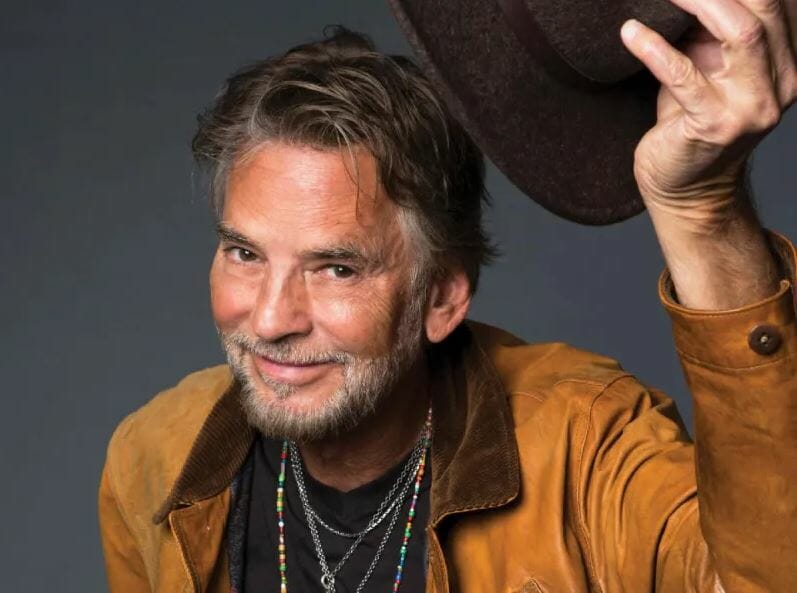
photo credit: Leslie Hassler
***
Kenny Loggins is enjoying another eventful summer. While this might seem inevitable for an artist whose music has come to define yacht rock, Loggins acknowledges that the 2022 season “is shaping up to be particularly special.”
It began with the release of the long-delayed Top Gun: Maverick movie. While Loggins had previously learned that his iconic song “Danger Zone,” which is deeply entwined with the initial Top Gun, would return in the sequel, he had no idea where it would appear.
“Originally, I heard from the director [Joseph Kosinski] that it was going be about three quarters of the way through the movie,” he recalls, “but at some point, they decided to put it at the top of the movie because it really takes the audience right back to that original Top Gun moment. It sets the tone and then everything builds out from there.”
In mid-July, Loggins was slated to perform two nights at the Hollywood Bowl, reuniting with early collaborator Jim Messina for Sittin’ in 2022, named after their revered 1971 debut album [the dates were rescheduled for September 22 and 24].
He has also recently taken to the stage for a series of special shows titled An Intimate Evening of Songs and Songs. These performances coincide with the release of his engaging new memoir, Still Alright. The book offers a candid account of his career—from Loggins and Messina on through the present—sharing memorable anecdotes that touch on the recording of “We Are the World” and decades of other song and soundtrack selections, such as the theme to Caddyshack referenced in the title.
Prior to Top Gun: Maverick, was there a song placement of yours in a film that really took you by surprise?
The one that surprised me the most was Footloose. Dean Pitchford was the author of the movie, and we also wrote “Footloose” together for a scene in the middle where the kids travel over the county line so they can go dancing. When I went to the premiere, the movie started with the feet tapping and “Footloose” playing. Then, “Footloose” reprises during the “Let’s dance!” scene at the end of the movie. It was the best possible shot a song could have to connect with a movie and an audience. Dean and I were both laughing. It was definitely a slam dunk.
Can you recall the first time you heard a song of yours on the radio and how you reacted to it?
I still get a little bit of a rush off of it. Part of why we write is to convey, to communicate. So if it’s not getting heard, then it’s disappointing.
The very first time, I was sitting at home listening to the radio and I heard the DJ say, “We know who Jimmy Messina is, but who’s this Kenny Loggins?” That prompted me to call the station and talk to the DJ, which was fun to do.
Loggins and Messina built its reputation on songcraft but, as anyone who has heard the 21-minute version of “Vahevala” on [1974’s] On Stage can attest, your live shows also included some extended improv. What led you in that direction?
We didn’t start off that way. Originally, the solos were arranged and, eventually, we started letting everyone stretch a little more, to the point where we would be out in space. Even Jimmy would improv during those periods of time, although he liked to have the beginning, middle and end worked out. Then he would kind of work around those moments. I don’t remember ever actually talking about it. I think we just started doing it onstage—jamming off of the different rhythms with the drummers and really listening to each other and extending what there was.
Musically, I didn’t have the wherewithal to throw a completely different chord change under a Jimmy solo that would allow him to take it to another level. When I read that Hornsby was playing keyboards with the Grateful Dead, I thought, “My God, that’s gonna give them another level of improvisation” because he’s amazingly gifted and schooled. We didn’t have that until we had Gabe Dixon on piano—when we went out again, years later, in ‘05.
Your music has been covered many times over the years by a variety of artists. Do you have a favorite version or one that led you to envision the song in a new way?
I love Aretha Franklin’s version of “What a Fool Believes.” Of course, I love the version that Michael [McDonald] did as well, but I love the liberties that Aretha took with it.
Marc Broussard and Sara Bareilles did a version of “Heart to Heart” that made me want to reinterpret my own. Where they put the groove was better than where I put it.
One of my favorite stories from the book is how you met Hiram Bullock while you were sitting outside taking a break during the recording of Celebrate Me Home. Then, you spontaneously asked him if he was a musician and invited him in to appear on guitar. What led you to suspect that he might be such a gifted player?
It was just an intuitive feeling. By that time in my career, I knew a player when I met one. I could tell that he was really cool and I felt like I was meeting a young Jimi Hendrix. So something in me just said, “Hey, do you play?”
When I walked in with him, Phil [Ramone] had this funny look on his face, like “Who the fuck is this? What are you doing?” I said, “We’re gonna try it and see what happens. Then, he just blew us away because he was great right off the top.
Still Alright tracks the development of material that would come to be described as yacht rock. While you were recording those songs and listening to the music of your friends and peers, did you sense a connection?
No, I really didn’t. When I first heard about yacht rock, I figured it was a parody and it would last as long as anything on YouTube—it would just come and go. Then, it got deeper and deeper because it became associated with a particular style of pop music.
There was a certain thing that we were borrowing from R&B—Michael would do a Motown record years later—and also from smooth jazz, which was just originating in the late ‘70s. I remember a couple of Bob James cuts that I thought were instrumental in opening up that genre. Then there were bands like Spyro Gyra—the guys in my band and I would go see them every now and then on the road. Those grooves and those feelings mixed in well with the stuff we were writing. I think that was where the vibe came from, but I had never really thought about what we were doing as being unique to the times until yacht rock pointed it out.


